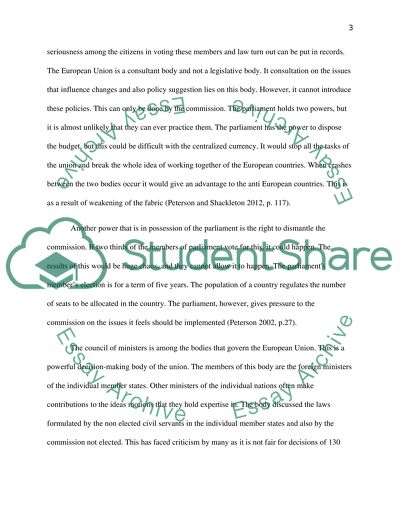Cite this document
(“What are the principal institutions of the European Union To what Assignment”, n.d.)
What are the principal institutions of the European Union To what Assignment. Retrieved from https://studentshare.org/law/1634689-what-are-the-principal-institutions-of-the-european-union-to-what-extent-do-these-institutions-engage-with-the-sources-of-eu-law
What are the principal institutions of the European Union To what Assignment. Retrieved from https://studentshare.org/law/1634689-what-are-the-principal-institutions-of-the-european-union-to-what-extent-do-these-institutions-engage-with-the-sources-of-eu-law
(What Are the Principal Institutions of the European Union To What Assignment)
What Are the Principal Institutions of the European Union To What Assignment. https://studentshare.org/law/1634689-what-are-the-principal-institutions-of-the-european-union-to-what-extent-do-these-institutions-engage-with-the-sources-of-eu-law.
What Are the Principal Institutions of the European Union To What Assignment. https://studentshare.org/law/1634689-what-are-the-principal-institutions-of-the-european-union-to-what-extent-do-these-institutions-engage-with-the-sources-of-eu-law.
“What Are the Principal Institutions of the European Union To What Assignment”, n.d. https://studentshare.org/law/1634689-what-are-the-principal-institutions-of-the-european-union-to-what-extent-do-these-institutions-engage-with-the-sources-of-eu-law.


